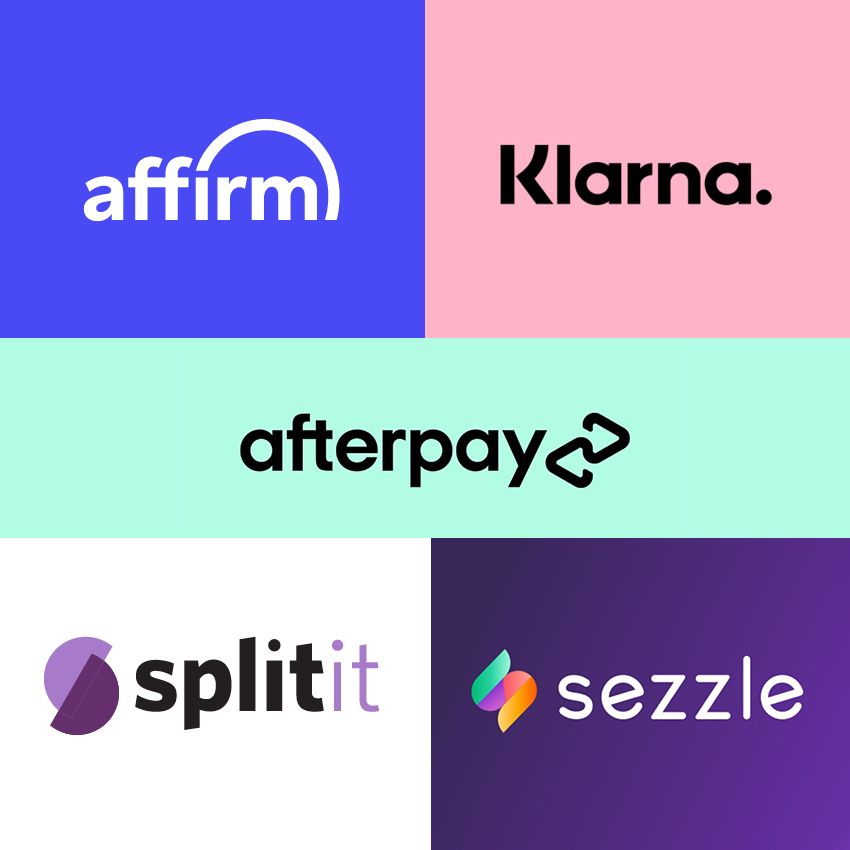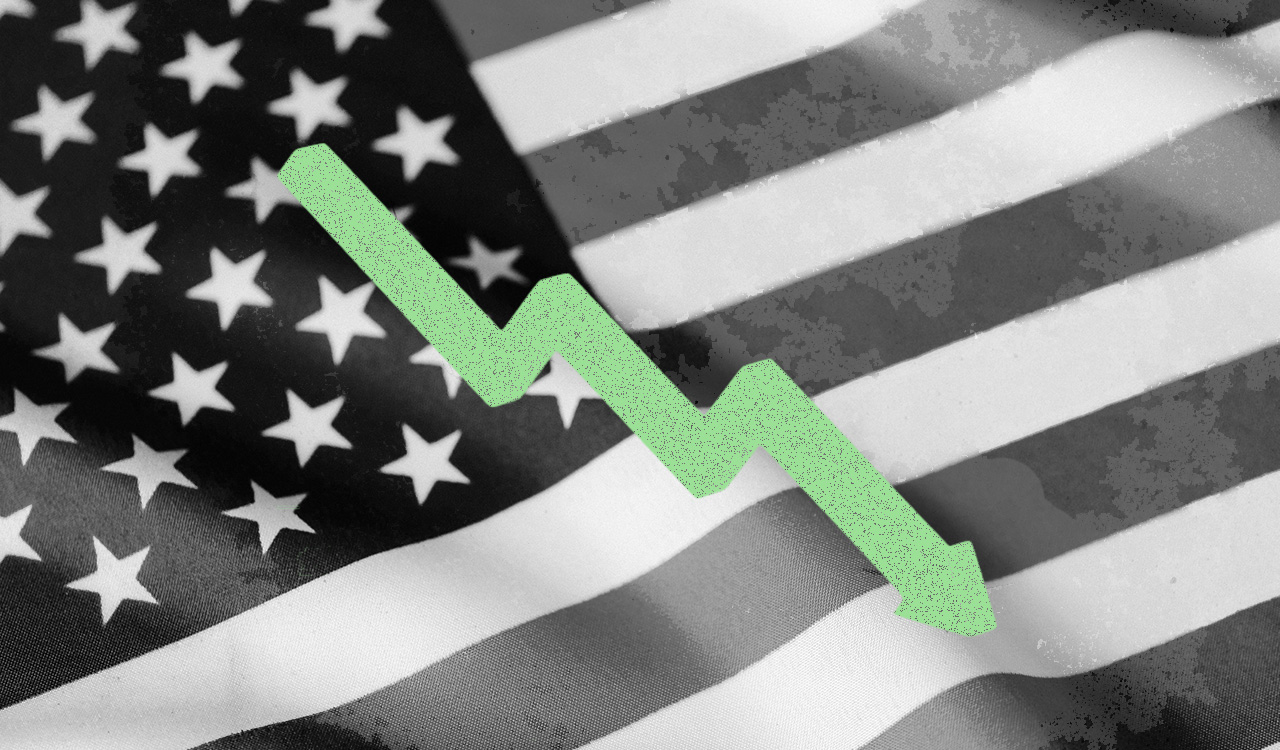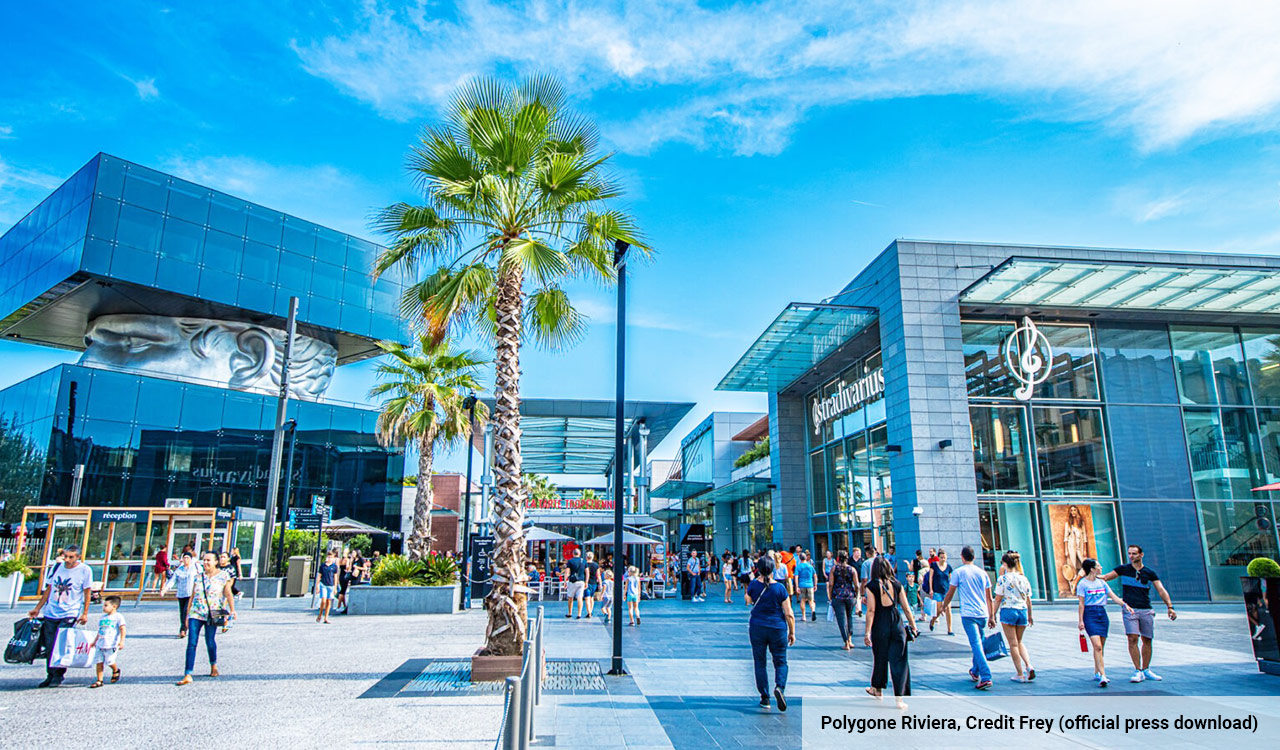With news that both Melbourne, Australia-based Afterpay and Minneapolis native Sezzle are planning IPOs on U.S. stock exchanges in the months ahead, joining San Francisco-based Affirm which bowed on the Nasdaq in January, it’s clear that the Buy Now, Pay Later sector has matured from that of novel fintech startup concept to one with major staying power. And the repercussions of this trend on how customers pay will have a lasting and fundamental impact on the U.S. retail landscape, and beyond.
BNPL
For anyone not familiar with Buy Now, Pay Later, or BNPL as it is commonly called, might think of the product as a modern take on the department store layaway, or installments-based financing. But there are a few important twists: first, that the merchant covers the financing charges; second, that the BNPL facilitators take on the consumer credit risk; and third, that consumers get their products up front. Typically, BNPL solutions divide the repayments into four installments spread over a set number of weeks, although some companies in the space offer decidedly longer payment plans for higher-ticket items.
[callout]The BNPL players are nothing less than the American Express, Visa, Mastercard and Discover Cards of the 21st century without all the baggage of Wall Street. No one will be able to do business without them.[/callout]
Either way, here’s the bottom-line: BNPL players offer consumers the ability to divide small to medium-sized purchases into a set of manageable zero-interest installment payments while taking possession of the merchandise immediately. And consumers love the increased choice available at checkout.
BNPL at the End of the Rainbow
During the pandemic, the BNPL sector flourished: The twin vectors of lockdowns, which closed down many brick-and-mortar retailers and led shoppers to rely more heavily on e-commerce sellers, and the increased financial insecurity stemming from the economic impacts of the pandemic, collided with one another in a perfect storm tailor made for BNPL to thrive.
Ethan Bearman, an on-air business and legal analyst for Fox Business Network told The Robin Report that, “It’s fair to say that Buy Now, Pay Later has passed the novelty phase and has now firmly anchored itself to the back of modern U.S. retail. And if you are Amazon or Walmart you may try to go it alone, but in most cases, retailers will end up partnering with one of the bigger U.S. players such as Sezzle or Affirm, or one of the imports like Klarna or Afterpay. What we have here with the BNPL players is nothing less than the American Express, Visa, Mastercard and Discover cards of the 21st century without all the baggage of Wall Street. No one will be able to do business without them.”
Next Installment
Although not yet ubiquitous, the reach of the BNPL financing function is already quite extensive. Installments-based options are already available at checkout at hundreds of thousands of U.S. retail sites and they are becoming increasingly evident in checkout lines at traditional brick-and-mortar stores. These new types of payment solutions have been adopted by a wide range of consumer brands, ranging from Fender, one of the world’s leading musical instrument manufacturers which debuted BNPL functionality on its ecommerce site in partnership with Sweden-based Klarna — to mega sports retailer Pure Hockey, which teamed up with Sezzle to offer a installments-based payment option at checkout both in-store and online. Afterpay’s decision to sponsor New York Fashion Week in a multiyear deal is an example of how fashion brands have been eager to adopt the trend as well; many brands now offer multiple BNPL solutions at checkout, much like how shoppers can choose to pay with any number of major credit cards. Even PayPal, which made BNPL financing available for small purchases and Citibank have dipped their toes in the BNPL waters in hopes on capitalizing on the heightened interest in the space.
Some analysts have predicted that BNPL could soon migrate into other sectors ripe for payment disruption such as healthcare, travel – even to break up monthly rent payments into smaller increments. It’s easy to see the path BNPL finds itself on extending beyond traditional retail and ecommerce and into other markets, but how fast is still an open question. But with both Sezzle and Afterpay poised to raise massive amounts capital in the months ahead, there is no question that BNPL’s influence on U.S. retail is here to stay.



